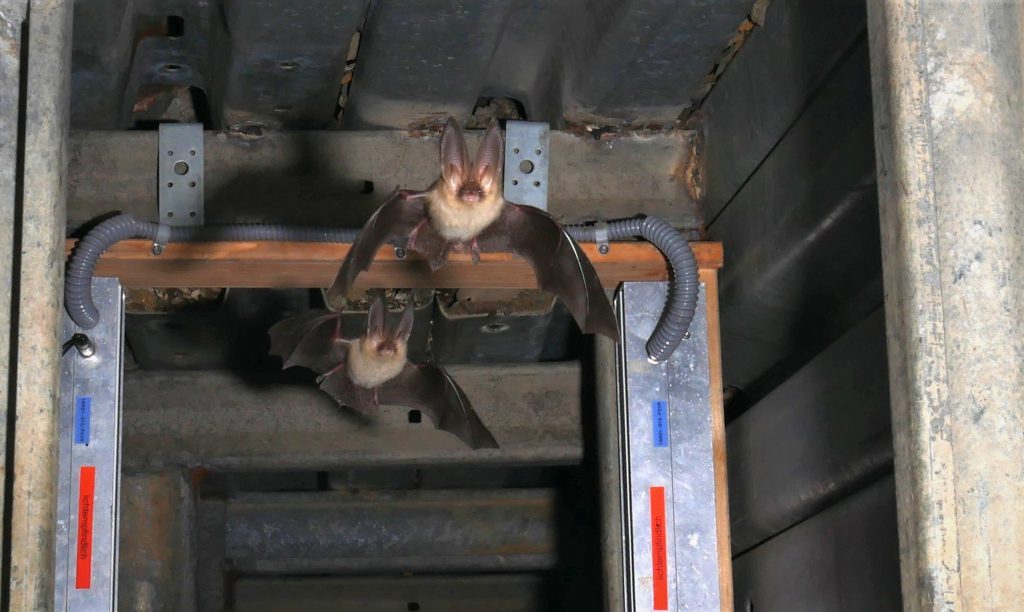Accurate population estimates are crucial to developing successful conservation policy, but the underlying data remain difficult to collect for many taxa. This is especially true for elusive species, such as temperate-zone bats, where visual counts in hibernacula underestimate their population to an unknown extent. Infrared light barriers that count all entering and exiting bats at the entrance of a hibernaculum could offer a more accurate alternative for bat population monitoring. We used infrared video recordings to quantify light barrier accuracy (i.e., concordance between light barrier and video registration of entries and exits) at five hibernacula over 30 weeks during autumn and spring. Subsequently, we developed a standardized methodology to estimate light barrier-based population sizes based on the number of emerging bats in spring, and compared these estimates to visual counts at 12 sites. Finally, we calculated confidence intervals around the estimated population sizes, and used these to evaluate population trends using 6-year-long light barrier datasets from four sites. Light barrier accuracy varied based on the model and precise location of the installation, with the best combination achieving near-perfect accuracy across the entire emergence phase. When compared to the resulting light barrier-based population estimates, winter hibernation counts markedly underestimated population totals, recovering less than 10% of the bats at the most complex sites. Moreover, light barrier-based population trends showed regional patterns of growth and decline, which were not evident in the visual counts. This study demonstrates that light barriers can estimate the population size and trends of bat assemblages with unprecedented accuracy, even at large, complex, or inaccessible hibernacula that cannot be precisely assessed with visual hibernation counts. Installing light barriers at a representative network of sites, where their installation does not require large-scale entrance modifications, has the potential to revolutionize bat monitoring and contribute to data-driven conservation.
[original abstract]
Original study:
Krivek, G., Mahecha, E.P.N., Meier, F., Kerth, G. & van Schaik, J. (2023), Counting in the dark: estimating population size and trends of bat assemblages at hibernacula using infrared light barriers. Animal Conservation, https://doi.org/10.1111/acv.12856

